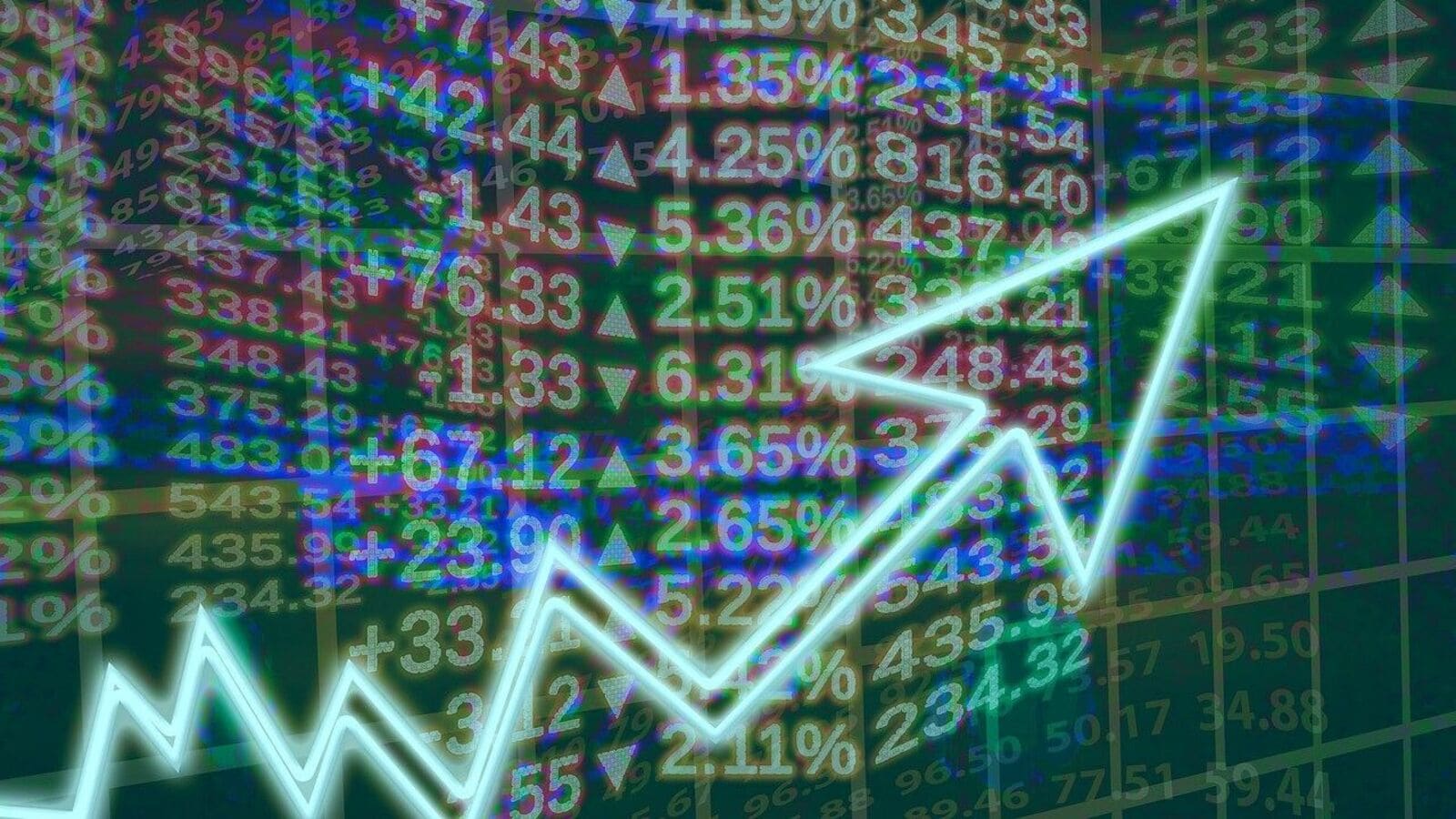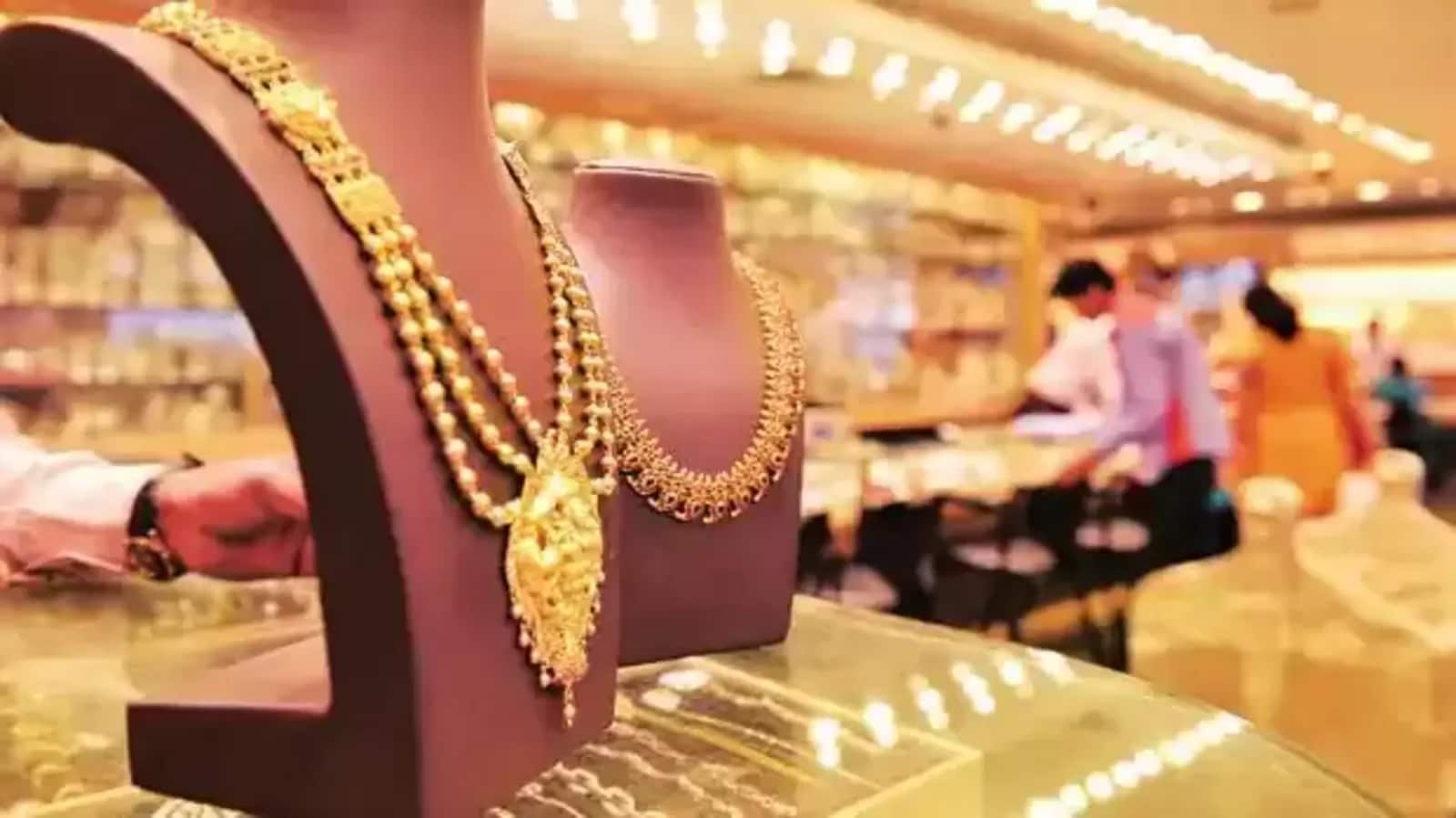The annual festive season that usually sees a rush for gold may see a decline in demand this time, for the first time in four years, as uncontrolled prices have put the yellow metal out of reach for many Indians.
gold price is getting closer Jewelers said the price of Rs 80,000 per 10 gram in the December quarter has curbed new purchases and attracted customers to exchange old jewellery, a time when festivals and weddings boost gold buying.
“Prices have bounced back and volumes may decline by 10-12% (during the festival season), although in value terms, there will be marginal growth,” said Suvankar Sen, managing director and chief executive officer, Senco Gold. Which runs 165 stores.
The spot price of 24 carat gold (99.5% purity) has increased by almost 30% in the last one year to a record high. ₹79,479 per 10 grams (including 3% GST), according to commodity exchange MCX data. The price has increased by 6% in the past month alone, which coincides with buying during the festive season that runs from October 3 to October 29 this year.
Sen said prices were driven by uncertainty ahead of US elections early next month, fears of an Israel-Iran war and a key US policy rate cut last month. Trump’s victory could weaken the dollar, which could push gold prices higher.
Senco Gold stock has jumped 9.5% 1,378.7 in the month through Friday, which coincided with a surge in gold prices. Surendra Mehta, national secretary of nodal trade body India Bullion and Jewelers Association (IBJA), said a 10-12% decline in volumes during the festive season was “extremely rare”, seen only during the Covid-hit quarter of 2020. .
decline in consumption
India’s jewelery consumption fell 8% to 137.3 tonnes during the festive quarter in 2020, according to World Gold Council (WGC) data. The fourth quarter is when the Dhanteras festive season falls every calendar year, a period that accounts for up to 30% of annual demand. Apart from this, demand for marriage is also being seen in this quarter.
In the first half of the current calendar, Indians consumed 202 tonnes of jewellery, down 8% from the first half of 2023 due to higher prices, according to the WGC, which is yet to release data for the September quarter.
Interestingly, according to IMF data cited by the WGC, gold purchases by central banks, including the RBI, in 2024 added 45 tonnes in the calendar year through August, making it the most in this period after Turkey’s central bank. Became a pure purchasing banker. India’s official gold reserves are about 848 tonnes.
The purchases by central banks have been one of the catalysts for the nearly 30% price rise in the last year. WGC data shows central bank demand rose 5.1% year-on-year in the first half of 2024. In the same period, world jewelery consumption declined by 15% to 869.7 tonnes.
exchange of old jewelery
Due to the increase in gold prices, consumers are being motivated to buy new jewelery in exchange of old gold jewellery.
Saurabh Gadgil, chairperson and managing director, PN Gadgil Jewellers, said, “We see the exchange of old gold for new jewelery in our stores increasing from an average of 20% to around 35% following the huge increase in prices. “
While Gadgil acknowledges the possibility of an industry-wide volume decline, he estimates that his 48 stores will record flat volumes this festive season compared to a year ago as “fears of further price hikes weigh on consumers ahead of weddings.” Can increase purchases”.
The listing of PN Gadgil Jewelers saw appetite from jewelery companies on Dalal Street. against the issue price of It was listed at Rs 480 per share 834 on BSE on September 17, a 74% premium. stock closed 747.55 on Friday.
The price of gold rose 5% last month after the US policy rate was cut by 50 basis points, with the dollar index rising 3% to 102.93 and the US 10-year bond yield rising 9.7%. Concern over financing the huge national debt at $28 trillion or 99% of GDP.
Generally, when the US dollar rises, gold falls. But the rise in bond yields signals rising inflation, which is also a factor in the surge in prices of the yellow metal, which is seen as an inflation hedge.








